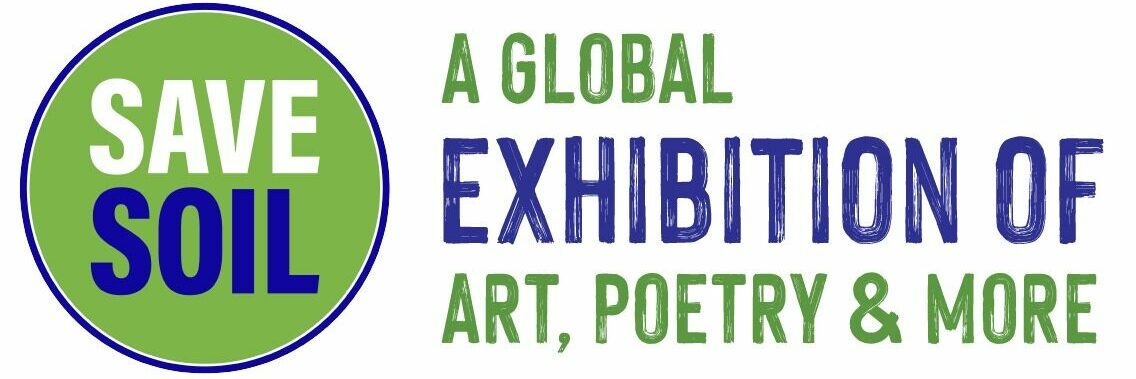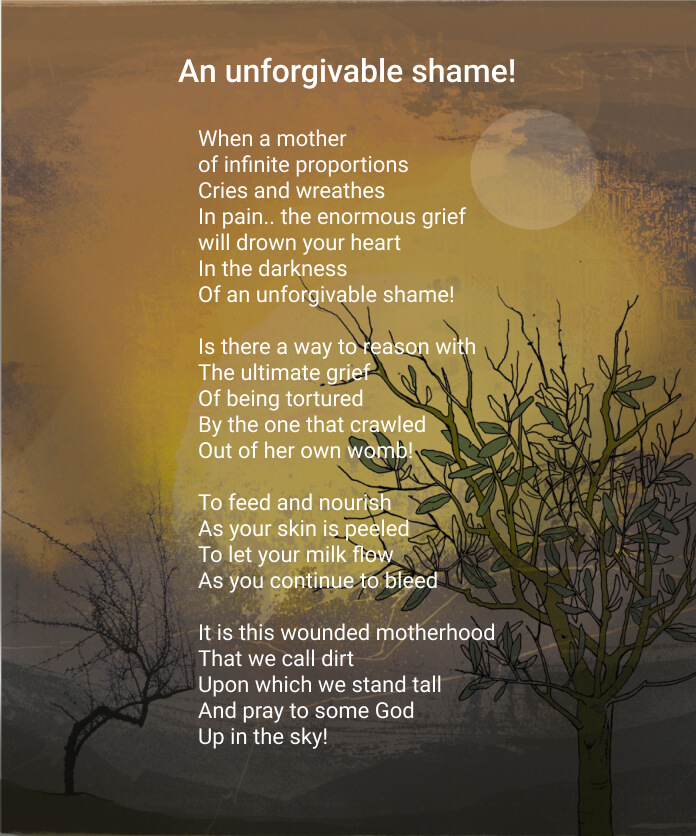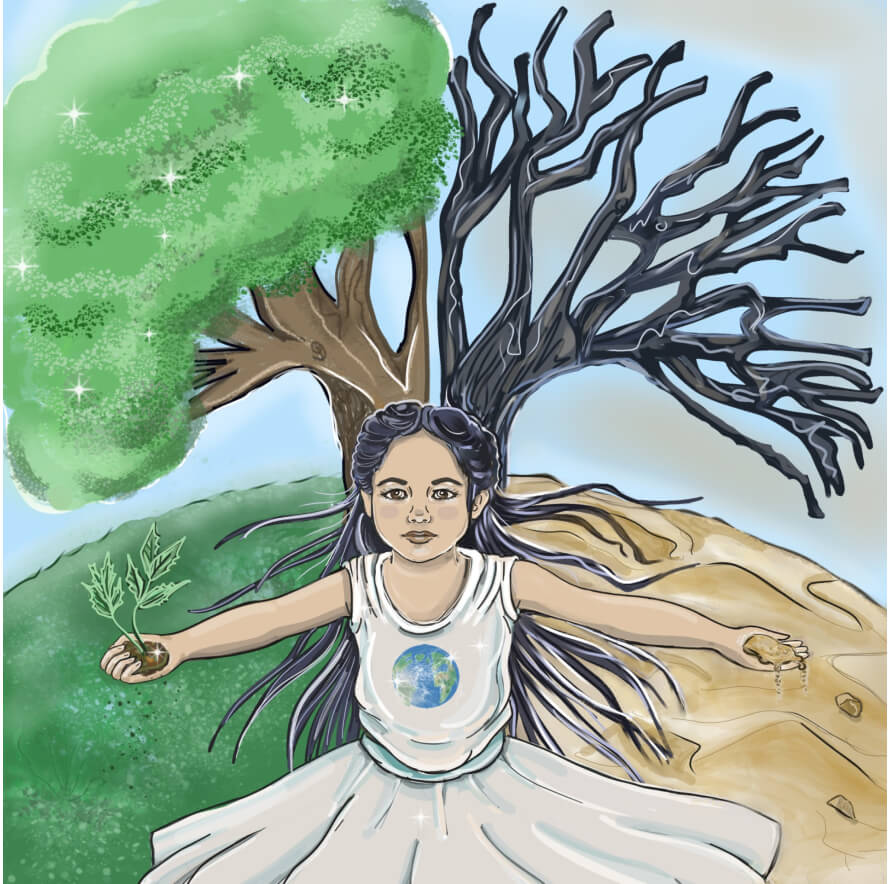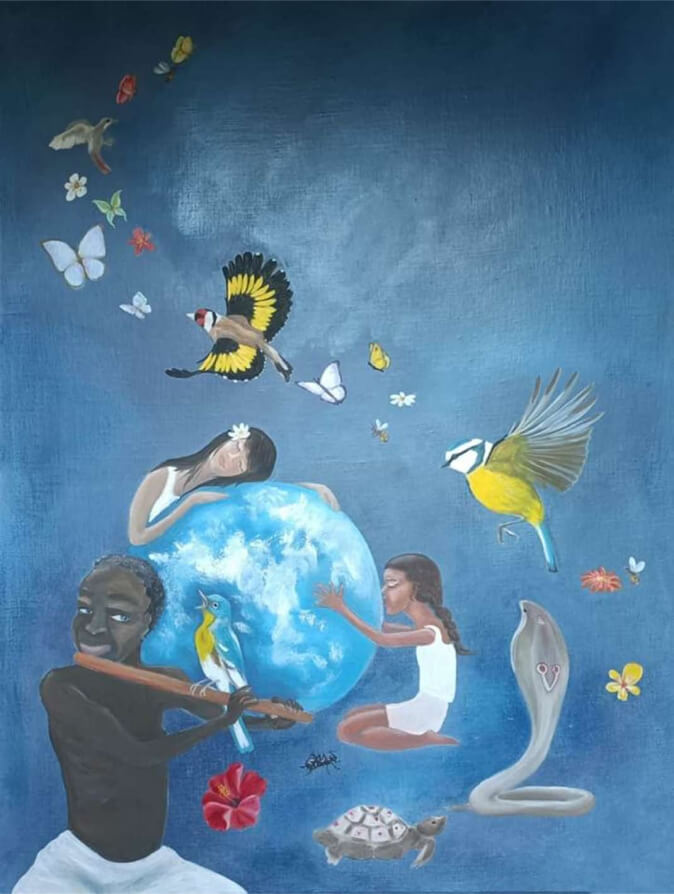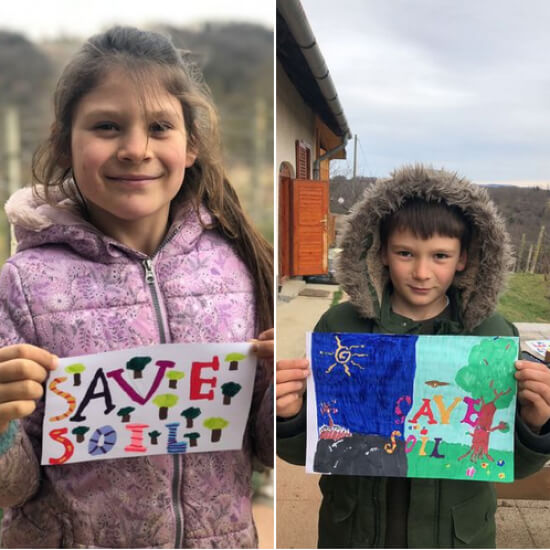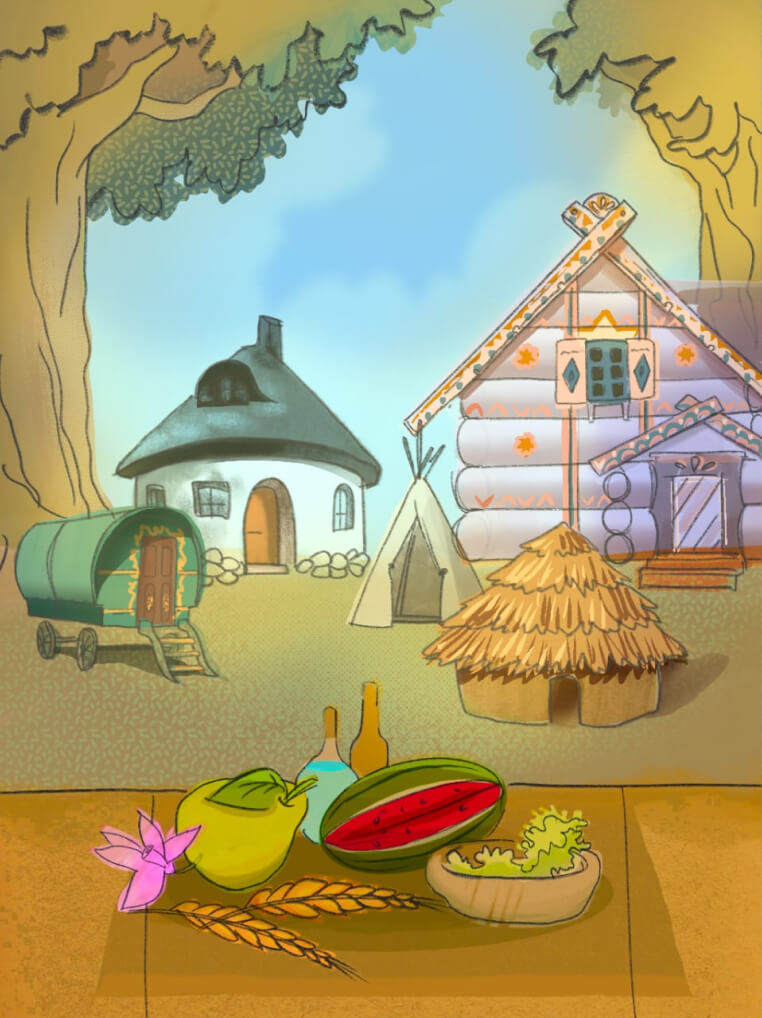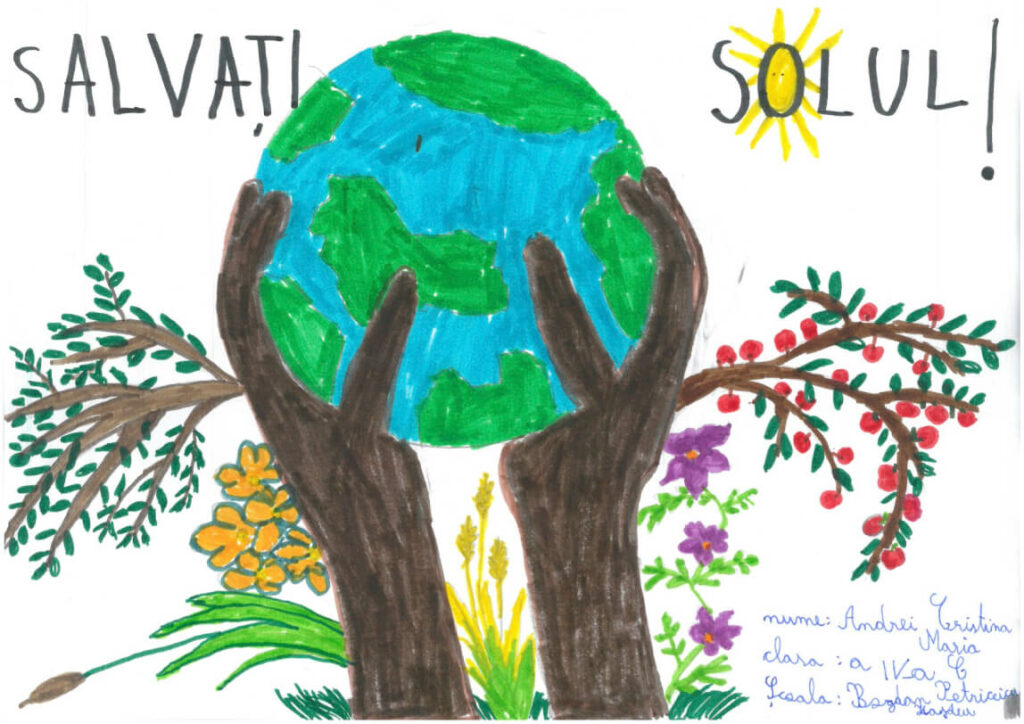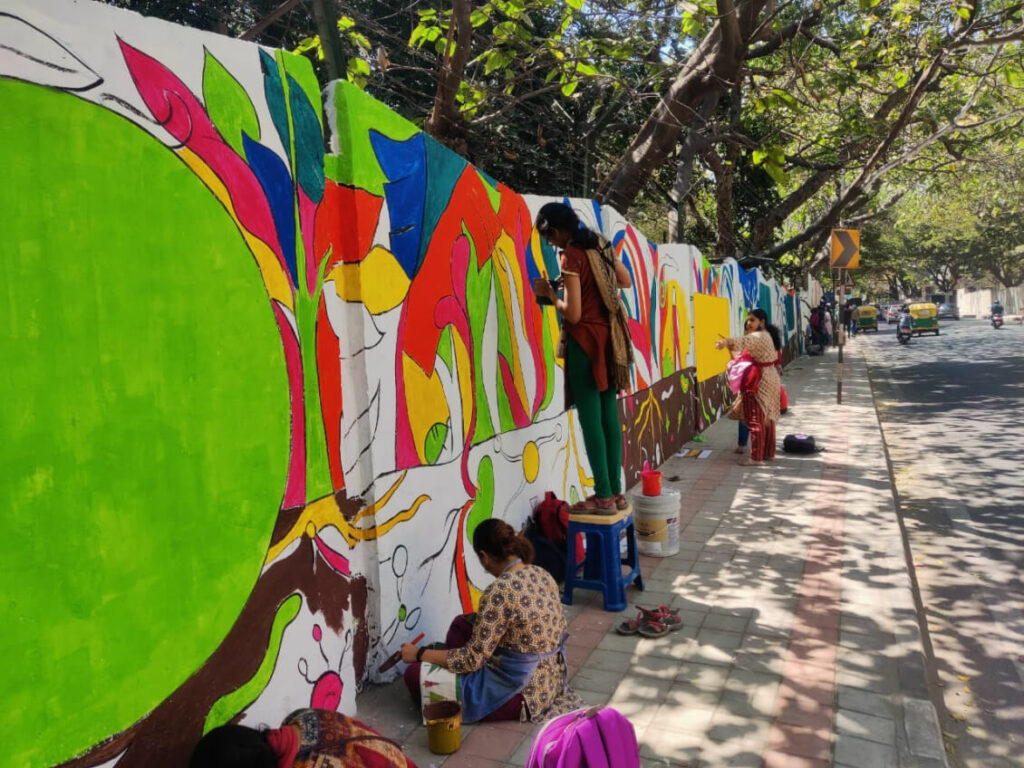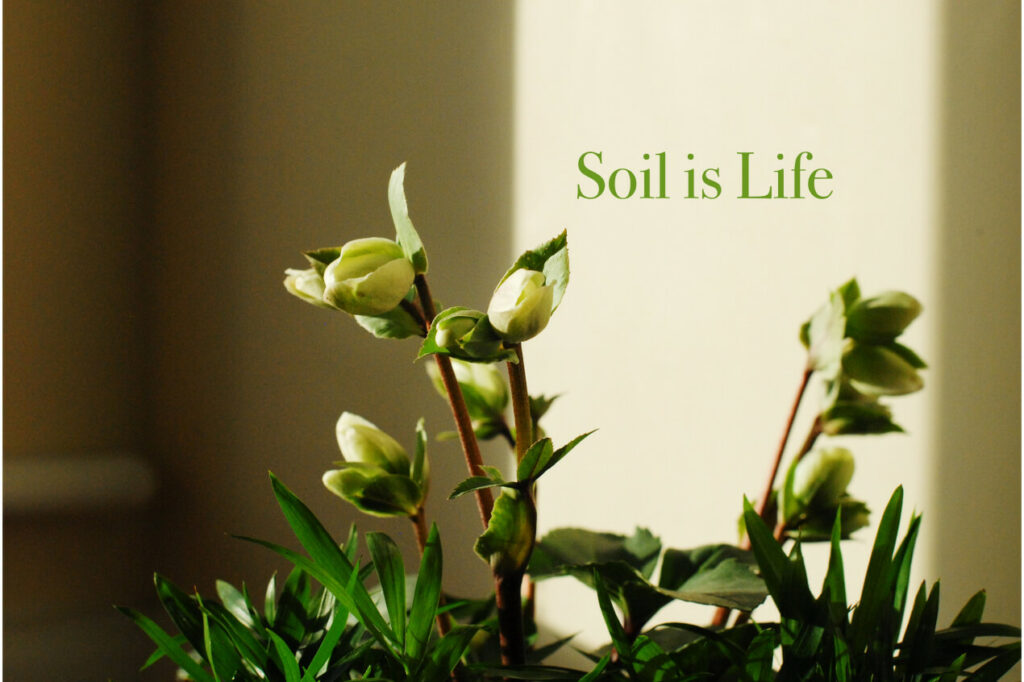Why Save Soil?
Our generation has a lot to be concerned about when it comes to our future on this planet.

Millions of people are going hungry. Many more are not getting enough nutrition from their food. Animals are losing their habitats. Bird and insect species are disappearing. The climate is changing. Floods and droughts are bringing tragedy and loss.
It’s pretty overwhelming isn’t it? But there is something we can do about all this.
A solution to all these problems is right under our feet but we need to act fast. It’s time to talk about soil.
 Healthy soil is the basis of our very lives: it provides our sustenance and our shelter. How often do we think about it? |  Healthy soil is home to billions of life forms. It supports the biodiversity of our planet. But how much do we know about it? |  Healthy soil stores water. It protects us from flooding and droughts. Are we taking care of it? |  Healthy soil sequesters carbon. It’s part of the solution to climate change. Are we even talking about it? |
Our soil is not healthy!
All over the world, our soil is becoming less and less able to sustain life. It is losing its ability to store water and store carbon. It is being washed away, poisoned and turned into desert.
We must raise our voices about soil!
 One acre of soil is becoming desert every second. – UNCCD |  The nutritional content of our fruits and vegetables has dropped by as much as 90% in the last century. | 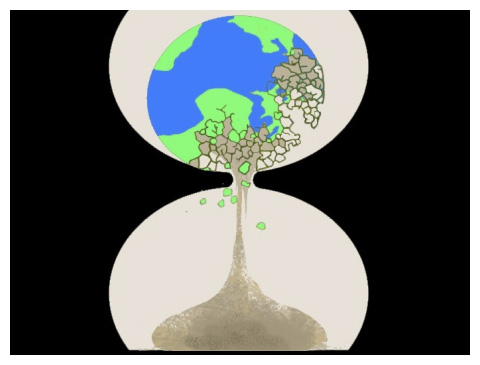 We have only 60 years of soil left. | 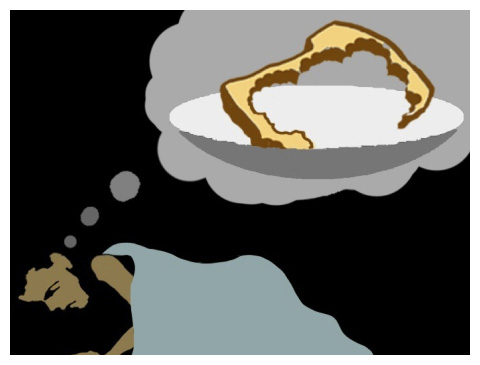 820 million people go to bed hungry. – UN, 2019 |  52% of world’s agricultural soils are already degraded. |  If soil extinction is not prevented, food production will fall by 40% by 2045 – World Economic Forum |  By 2050, 90% of the Earth’s soil could be degraded unless we act now. |
We can turn this around
We know how to make our soil healthy. Healthy soil must be continually shaded by plant cover and nourished by organic content from plant and animal waste. Many innovative farmers are already benefiting from this solution. They are increasing the organic content and the biodiversity on their land. Healthy soil must have at least 3-6% organic content.
This needs to happen everywhere.

How can we help
We may not be farmers, politicians or government officials, but we do have a voice.
We can use our voices and creative minds to make sure that everyone understands the importance of healthy soil. We can create art, write poetry, make music or put on a play to raise awareness. If enough of us speak up about soil, our governments will recognize that they have their citizens’ support to create lasting policies that will ensure the health of our soil for generations to come.
Join us in a global celebration of the soil that nourishes our lives – in an acknowledgement of its importance, and in a cry for its protection.
Let us make it happen.
Find out more
For a brilliant resource summarising what is happening to our soil, check out this informative video from The Guardian – It’s time to stop treating our soil like dirt!
Read this article from BBC News – New ground as tech aims to help boost soil health
Watch this video to find out more about why our soil needs saving:
How rejuvenating soil is a solution to climate change
Healthy soil is a massive carbon sink, containing 3 times more carbon than the atmosphere.
However, when soil degrades, it releases carbon into the atmosphere, contributing to climate change emissions. Rejuvenating soil does the opposite, it pulls carbon out of the atmosphere and stores it in the ground long term.
There have been a variety of studies looking at how much of our annual carbon emissions can be absorbed by rejuvenating soil. Data from Le Quéré et al. indicates that yearly increases in soil organic content have the potential to absorb all our emissions, which in turn has inspired the 4p1000 initiative.
Downloads
A Soil Water Retention and Erosion Experiment to see which kinds of soil store water best.
A Save Soil Exhibition Flyer to invite others to join.
A How to Participate Flyer to explain to schools how to take part.
A Save Soil Exhibition Flyer for Children to invite young children and their parents to join.
